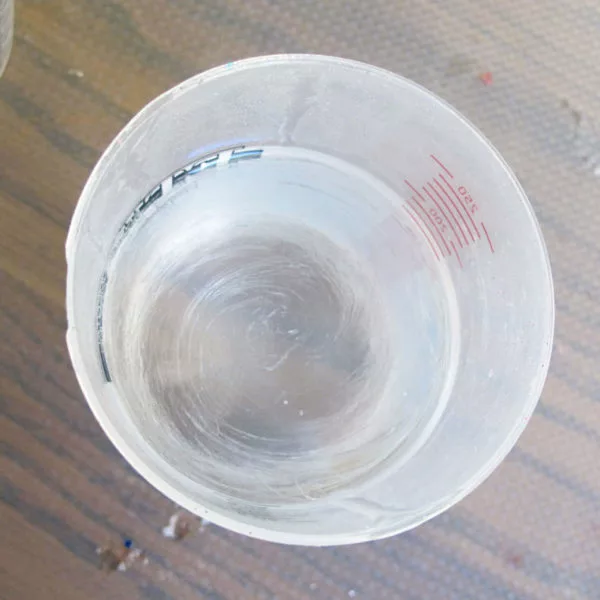So you poured resin into a mold. Or maybe you coated a surface. And you’ve already got plans for your amazing epoxy art. But when your resin a few hours later, you’re shrieking, ‘Why are there wrinkles?’
No, not the laugh lines and crow’s feet that show up without notice. These are fine lines and wrinkles in your cured resin.
And is there some resin equal to fancy face creams to smooth them back out?
Before we can address the resin wrinkles, it’s important you know this:
Resin produces heat when you mix the two parts together.
Resin wrinkles happen when it cools too quickly and shrinks.
Wrinkles can also happen if you use a casting resin to coat a surface. Casting resins won’t self-level. They can shift while curing and cause lines and wrinkles.
To fix wrinkles on a resin surface, sand it.
It’s like you’re giving your resin a microdermabrasion.
Then recoat with a doming resin.
How do you prevent resin wrinkles?
You need to
Keep your resin warm during the entire curing process.
Warming your resin kit is a perfect way to cure resin in cold weather. But it also needs to stay warm the entire curing time. (Which could be several days if you’re using a slow-curing epoxy.)
Ensure you’ve got a level worktop.
Don’t assume that your table is even. Grab your level to check. Use shims as necessary to prop up your art surface.
If you’re coating a surface, use enough doming resin to cover the entire surface.
And how do you know how much resin that is?
Use the Resin Obsession resin calculator to tell you how much resin to fix.
And it’s free.
By the way, Wrinkling can be normal for polyester resin. Whenever I use that resin type, I always expect sanding the surface to get rid of the wrinkles. Plus the sticky surface that always happens.
But what if the wrinkles are on the inside of your resin?
Then it’s one of two things:
If your resin looks wavy or swirly, that’s from incomplete mixing.
You’ll want to improve your resin mixing techniques.
But it could also be ‘silvering.’
That’s where air releases between an object and resin. It creates a silvery film over the object that can have tiny microbubbles.
For future projects, you ensure your porous and organic items are fully dry and sealed.
Frustrated with wasting resin and your time on something that only ends up in the trash?
Then you’ll want a copy of the PDF beginner resin book, Resin Fundamentals. In only a couple of hours, you’ll get to pro status to get you make gorgeous resin art. Buy the ebook now and you’ll have a download link in minutes.
Unpublished Blog Posts of Resin Obsession, LLC © 2023 Resin Obsession, LLC






